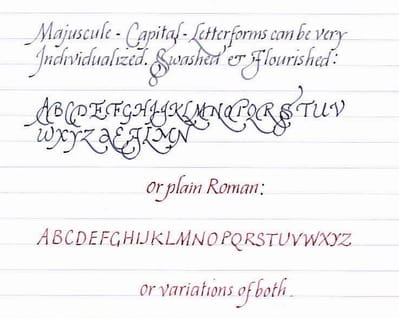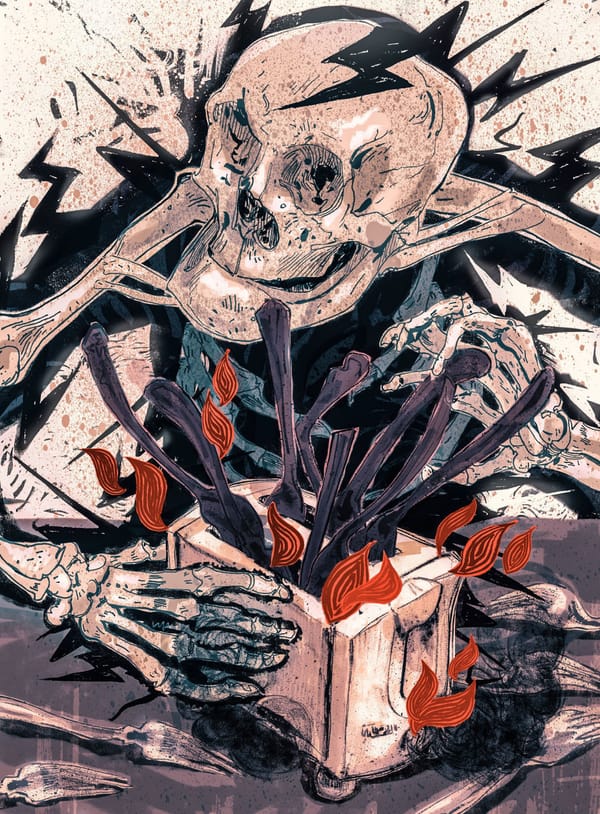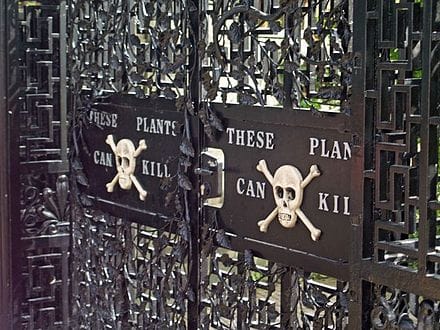capital letters | 2016-02-24

Capital lettering, or majuscule writing, is one of the two letter cases used in the English language, the other being lower-case, minuscule, or small letters.
Generally, the beginning of sentences and the beginning of proper nouns are understood to be capitalized but there are a variety of other instances that require capitalization, though there is always debate and various lines of thought on which cases are valid.
But why do we use capital letters in the first place?
Some people suspect its a carry over from the Gutenberg press which shipped with both majuscule and minuscule letters. since these presses were all German-made, and the German language capitalizes a great number of their words (all nouns, if I remember correctly), it is thought, then, that English speaking writers/printers adopted the use of capitalization via osmosis here. However, English speakers were capitalizing words well before the Gutenberg press changed the world.
If we look through the backstory of English, we can find uncial (of an inch or of an ounce) lettering in old Latin cursive — the first clear use of that word being in St. Jerome’s preface to the Book of Job (c. 3rd century) — in which all of the characters were written as capitals and it is from this uncial set that we get the original 21 letters of the English alphabet. Around the 9th century, the uncial script had changed, more letters had been added, and a smaller, more rounded script was brought in via Greek influence — this smaller style became the minuscule lettering we have today. People continued to use the uncial’s to emphasize certain words and to assist with clarity between denoting concepts/generalities and specifics (modern e.g. southeast London or South East Asia).
During that time, as an aside, the English alphabet did contain two letters which were holdovers from Old English/Norse (which the Anglo-Saxon’s spoke/wrote/used) which we no longer use. Those were thorn (Þ, þ) and wynn (Ƿ ƿ). Wynn was a symbol used to denote the ‘w’ sound but was replace by uu which, then, was eventually replaced by w (literally, replacing a double U). Thorn was used to denote the ‘th’ sound at the beginning of words like ‘that’ (though some say that eth (Ð ð) was originally used for the ‘that’ sound and thorn was used for the ‘th’ sound in ‘think’). The symbol for thorn eventually morphed into a ‘y’ shape (before ‘y’ was an English language letter) and, thus, the archaic ‘Ye Olde Inn‘ makes use of thorn and not y — cool, right?
Language, obviously, continues to change and so do both its verbal and written pieces. David Foxon, in his canonical treatise on the English language, notes that the capitalization of all nouns faded away by the mid-18th century primarily due to aesthetic reasons. It became a matter of literary status to make use of them or not — the more capital letters used, the lower the status of the paper (think of the big, ugly headlines of a tabloid). Alexander Pope “lightened the typography of his books over the course of this career, particularly in editions meant for persons of quality” (ref). So, it became a matter of cultural trend and style to capitalize anything at all.
Today, English grammarians have created some broadly accepted rules around the use of majuscule lettering (see links above) but, still, these have idiosyncratic and subjective roots.
So, I tend to type with very, very few capital letters (this post excepted) — perhaps that’s my own idiosyncratic, subjective license or the status I feel my writing achieves or it’s my laziness or my very deep desire to rankle others… who knows?
So far on capital letters.



